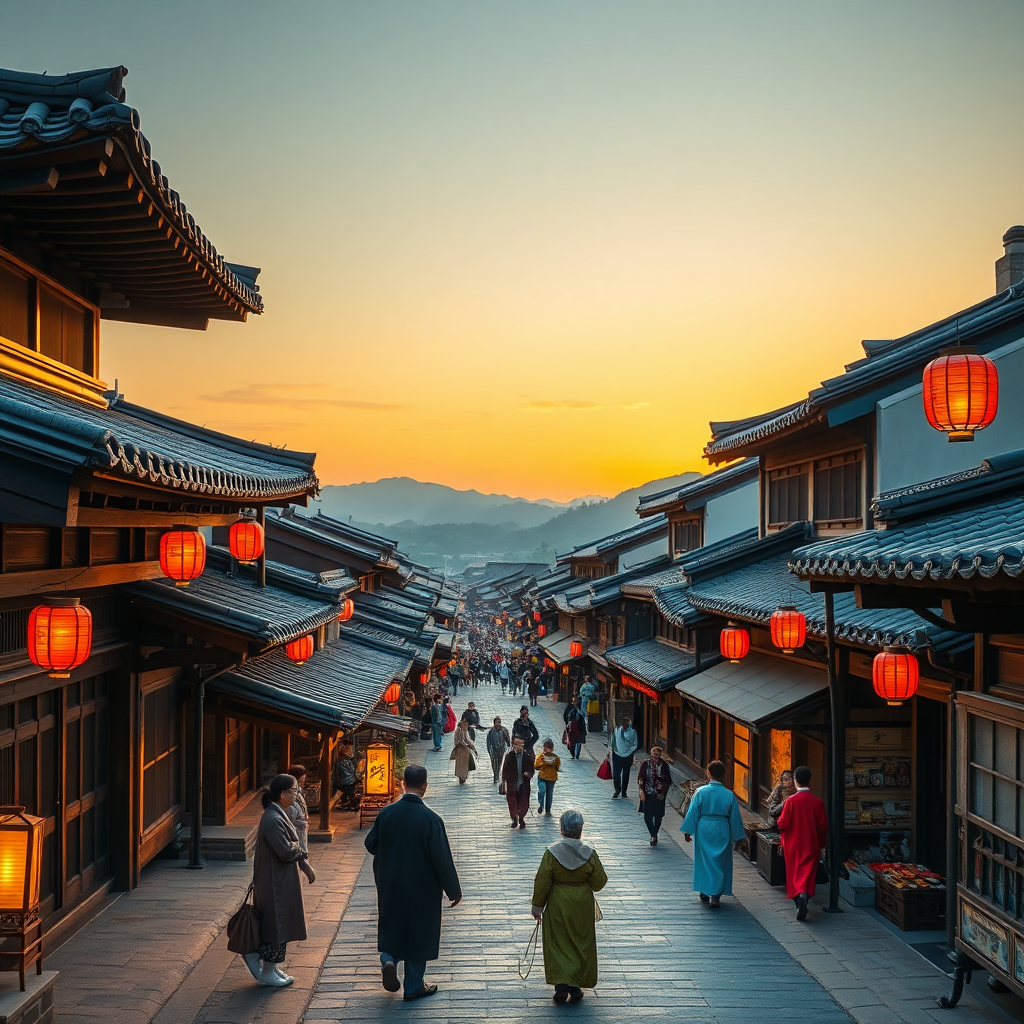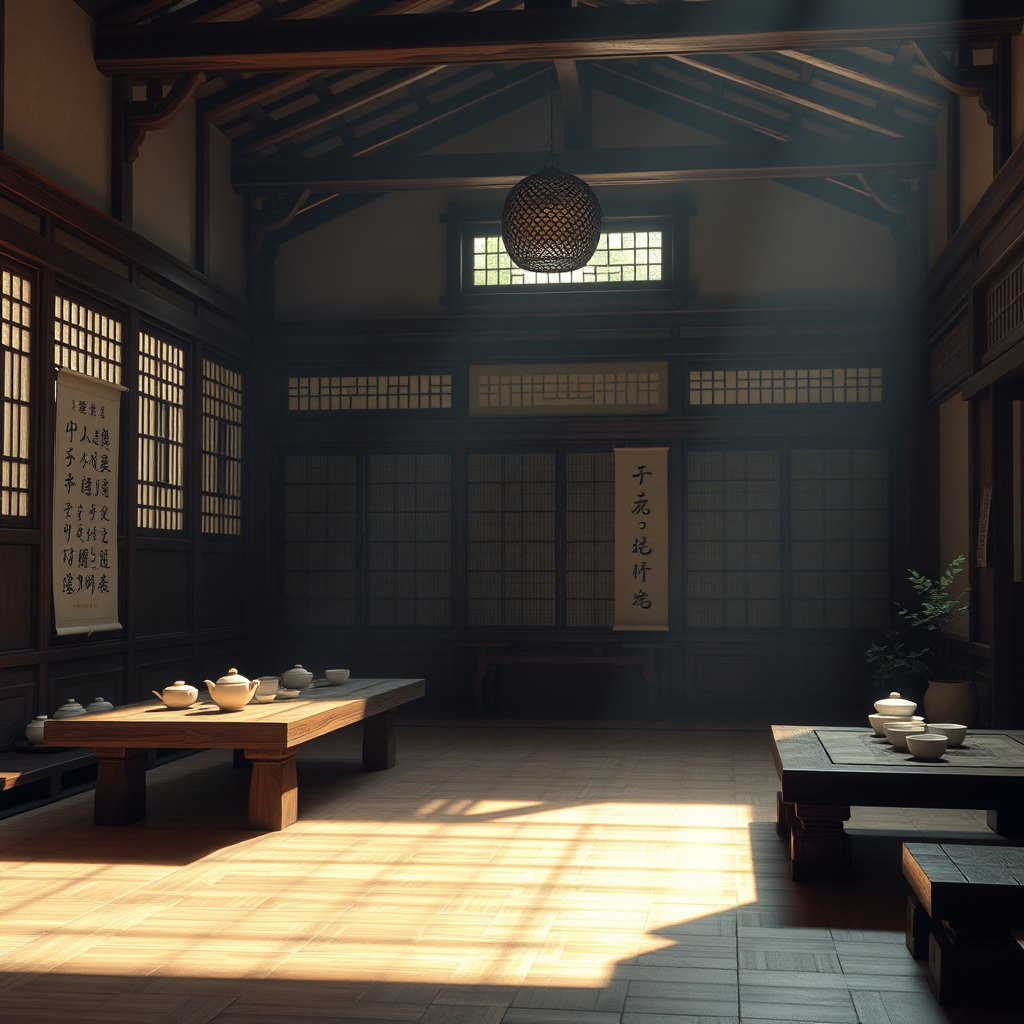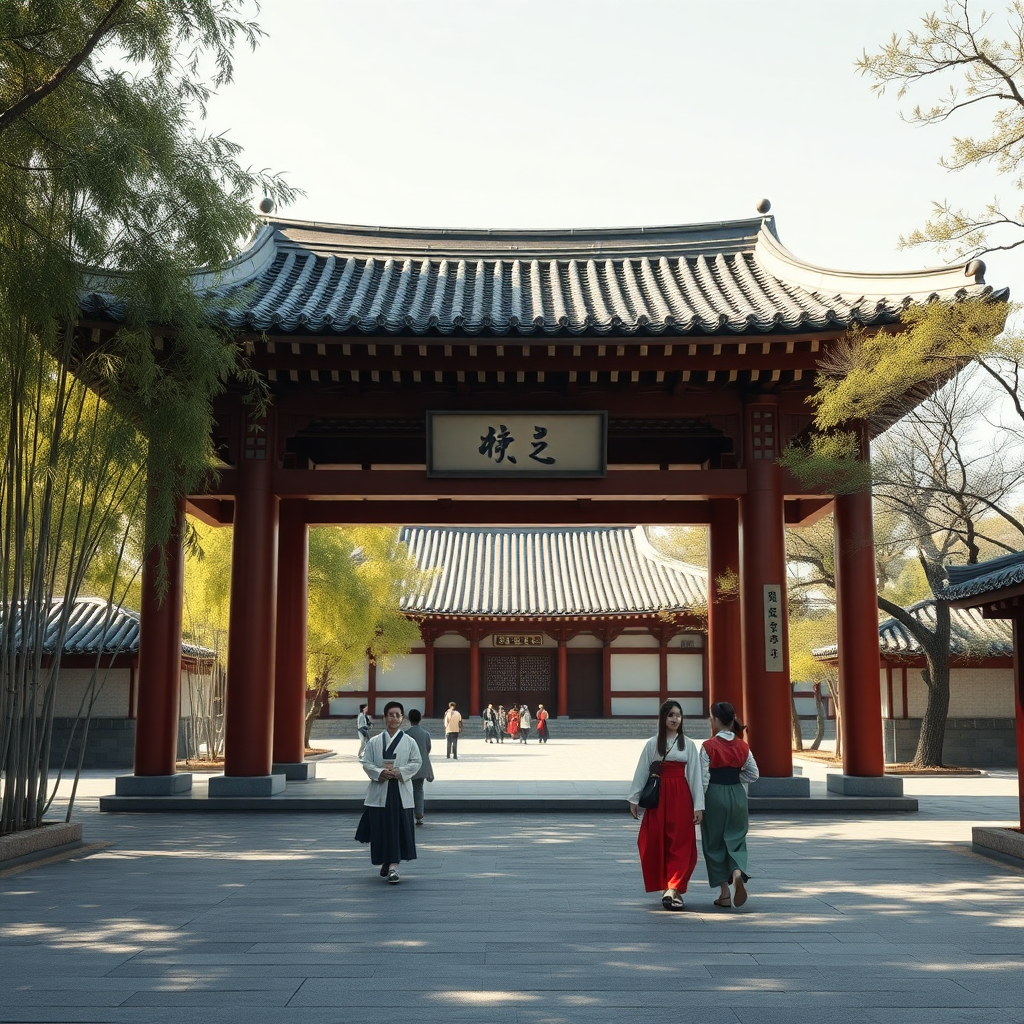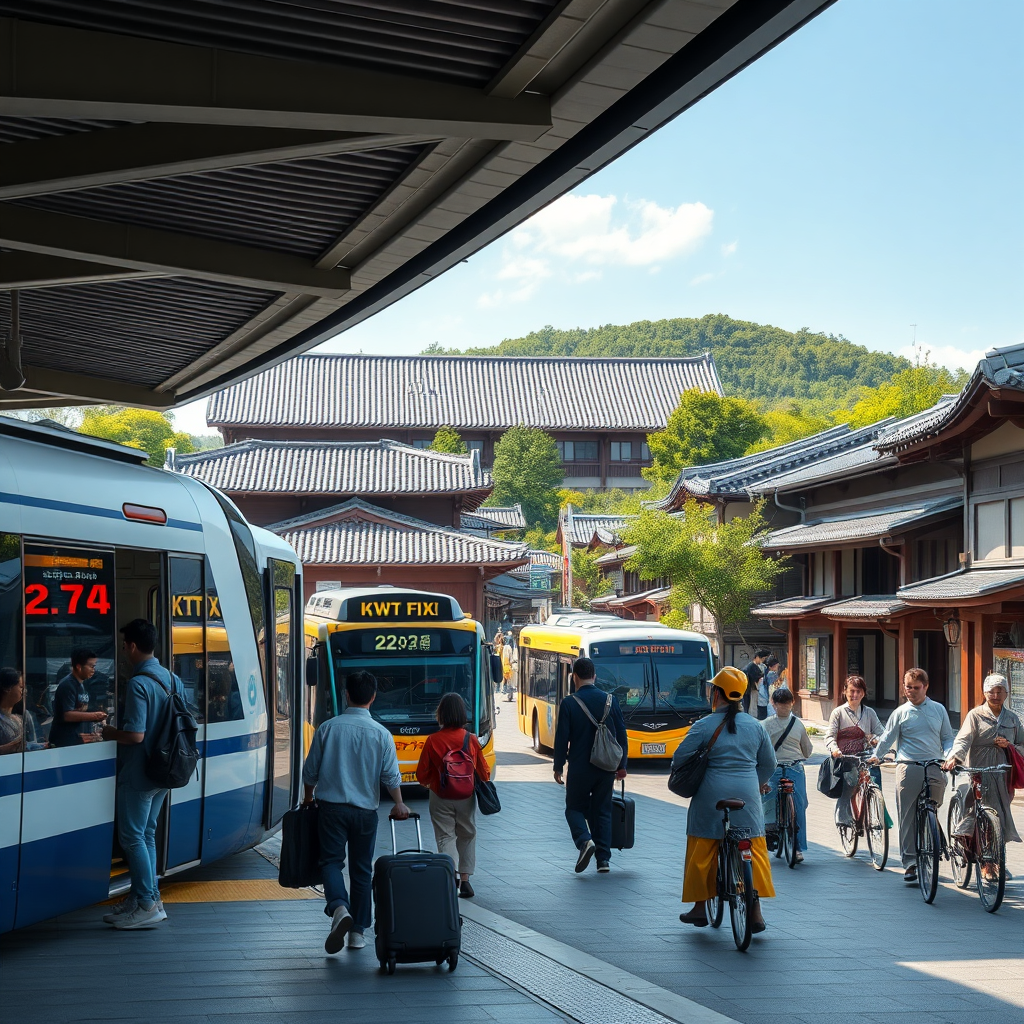Discover Jeonju Hanok Village
Are you dreaming of wandering cobblestone lanes, tasting legendary bibimbap, and capturing timeless moments among Korea’s finest Hanok houses? Welcome to our complete guide to Jeonju Hanok Village! Whether you crave an architect’s eye for tradition, a foodie's heart for distinctive flavors, or pure wanderlust for historic alleys, this post is thoughtfully designed for you. In the next sections, you'll discover not only a beautiful travel itinerary and transport directions polished to perfection for first-timers, but also the rich, authentic soul of Jeonju. Get ready for an adventure that connects the past with your 21st-century travel goals—full of practical details, visual style, and real traveler’s insight, updated for July 2025! Jump in, and let your Jeonju story begin.

Imagine stepping into a living tapestry of Korea’s past, where every alley whispers stories and every rooftop curves with grace. Jeonju Hanok Village is not just a tourist spot—it’s the beating heart of Korean tradition, culture, and daily life.
Why does Jeonju Hanok Village matter? In a rapidly modernizing world, it stands as a sanctuary of heritage. Over 700 traditional hanok houses, lovingly preserved, line the stone-paved streets. Here, you don’t just observe history—you live it. Locals still inhabit these hanoks, their lives intertwined with centuries-old customs, making this village a rare, authentic experience.
Let’s journey through the 8 stages of Harmon's storytelling formula, discovering how Jeonju Hanok Village can transform your travel narrative:
- The Comfort Zone: You arrive in Jeonju, greeted by the gentle aroma of pine and the sight of elegant tiled roofs. The village welcomes you with a sense of calm and curiosity. Travel tip: Start at the Jeonju Hanok Village Information Center to orient yourself.
- The Need: As you wander, you realize you crave a deeper connection to Korean culture. The urge to understand, taste, and feel tradition grows within you.
- Crossing the Threshold: You slip off your shoes and enter a hanok guesthouse. The cool ondol floor, papered doors, and wooden beams transport you to another era. Insight: Staying overnight in a hanok is the best way to experience authentic Korean hospitality.
- Searching: Guided by curiosity, you explore artisan workshops, try your hand at calligraphy, and sample Jeonju bibimbap—a dish as colorful as the village itself. Every activity reveals a new layer of tradition.
- Finding: You join a tea ceremony, listening to stories from a local master. The meaning of jeong—Korean warmth and connection—becomes clear. You’re no longer just a visitor; you’re part of the village’s living story.
- Taking: Inspired, you don a hanbok and stroll through Gyeonggijeon Shrine. The camera captures not just your image, but the spirit of the place. Tip: Early morning or sunset offers the best light for photos.
- Returning: As dusk falls, lanterns glow softly along the alleys. You reflect on the day’s discoveries, feeling enriched and at peace.
- Change: Leaving Jeonju Hanok Village, you carry more than souvenirs. You’ve gained a deeper appreciation for heritage, and your travel story is now woven with the threads of tradition.
Why is this journey so powerful? Because Jeonju Hanok Village isn’t just about sightseeing—it’s about immersion. You engage all your senses, from the earthy scent of hanji paper to the melodic sounds of pansori music drifting through the air. The village invites you to slow down, reflect, and reconnect—with yourself and with the wisdom of the past.
Practical Insights for Your Visit:
- Wear comfortable shoes—cobblestone streets can be uneven.
- Try a hanbok rental for unique photos and a true cultural experience.
- Sample traditional snacks like choco pie and makgeolli rice wine.
- Respect the privacy of residents—many hanoks are still private homes.
In summary: Jeonju Hanok Village is more than a destination. It’s a transformative journey through the heart of Korean tradition. Whether you’re a history buff, a foodie, or a seeker of authentic experiences, this village will enrich your travel story and inspire you to see the world—and yourself—through new eyes.
Keywords: Jeonju Hanok Village, Korean tradition, hanok, travel story, cultural experience

Imagine stepping off the bustling alleys of Jeonju Hanok Village and entering a serene oasis—this is Gyorudang, a traditional tea house that offers a much-needed cultural pause in your travel story.
Gyorudang is more than just a place to drink tea; it is a living embodiment of Korean hospitality and the slow, mindful pace of hanok life. As you slide open the wooden doors, the subtle aroma of roasted barley tea and the soft glow of sunlight filtering through hanji paper windows immediately set a tranquil mood.
Why is Gyorudang a must-visit? It’s not just about tasting traditional teas like omija or green tea. It’s about experiencing the ritual—the careful pouring, the delicate porcelain cups, and the unhurried conversation. This moment of pause allows you to reflect, recharge, and truly savor your journey through Jeonju.
Many travelers overlook the importance of these cultural pauses. But in the flow of Harmon's storytelling circle, Gyorudang represents the 'meeting with the mentor'—a place where you gain insight, rest, and prepare for the next adventure. By embracing this stop, you add depth and authenticity to your travel narrative.
How can you make the most of your visit?
- Choose a quiet corner by the window and observe the interplay of light and shadow on the tatami mats.
- Order a seasonal tea and ask the host about its origins or brewing method. Their stories often reveal hidden layers of local culture.
- Take a moment to journal, sketch, or simply breathe. This mindful break will enrich your memory of Jeonju far more than rushing from one landmark to another.
| Experience | Benefit | Travel Insight |
|---|---|---|
| Traditional Tea Tasting | Relaxation, Digestive Health | Connects you to local flavors and customs |
| Hanok Architecture | Visual Calm, Cultural Appreciation | Enhances your sense of place |
| Mindful Pause | Mental Clarity, Deeper Reflection | Transforms your trip into a meaningful story |
In a world obsessed with checking off bucket lists, Gyorudang invites you to slow down. It is a gentle reminder that the best travel stories are often written in moments of stillness, not just in the rush of sightseeing.
So next time you visit Jeonju Hanok Village, let Gyorudang be your cultural anchor. Savor the tea, soak in the ambiance, and allow yourself to be fully present. This simple act will not only enrich your journey but also offer insights that linger long after you return home.

Every journey has a beginning, and in the heart of Jeonju Hanok Village, the story starts at Gyeonggijeon Shrine. This sacred site is not just a historical monument; it is the very soul of the city, where the royal roots of the Joseon Dynasty are revealed in breathtaking detail.
Stepping through the majestic gate, you enter a world where history and heritage blend seamlessly. Gyeonggijeon Shrine was built in 1410 to enshrine the portrait of King Tae-jo, the founder of the Joseon Dynasty. For centuries, it has been a place of reverence, reflection, and royal rituals.
Why Visit Gyeonggijeon Shrine?
- Unravel the Royal Legacy: Walk the same paths as kings and scholars, and feel the weight of centuries-old traditions. The shrine is a living testament to Korea's dynastic roots.
- Architectural Marvel: Marvel at the harmony of wooden structures, intricate eaves, and serene courtyards. The shrine's architecture reflects the Confucian values of balance and respect.
- Inspiration for Storytellers: Every corner whispers stories—of coronations, ceremonies, and the everyday lives of those who shaped Korea's destiny. Bring your camera and your curiosity!
As you explore, take a moment to observe the ancient portraits and calligraphy preserved within the shrine. These artifacts offer rare insights into the royal family's life and the artistry of the Joseon era.
| Key Feature | What to Look For | Why It Matters |
|---|---|---|
| Main Hall (Jeonhyeongak) | Portrait of King Tae-jo | Symbolizes the founding of Joseon and national identity |
| Stone Pathways | Worn stones, centuries old | Connects you physically to the past |
| Bamboo Groves | Peaceful, green surroundings | Perfect for reflection and photography |
Travel Insight: How to Make the Most of Your Visit ▼
Arrive early in the morning to experience the shrine in tranquil silence. Take a guided tour if available, as local guides often share hidden stories and legends that bring the site to life. Don’t forget to explore the small museum on the grounds, where you can see rare artifacts and learn about the Joseon Dynasty’s cultural impact.
Harmon's Storytelling Stages in Action:
- The Setup: You arrive at Jeonju Hanok Village, eager to discover its secrets.
- Need: You seek a deeper connection to Korean history.
- Go: Entering Gyeonggijeon Shrine, you step into another era.
- Search: You wander the grounds, absorbing stories from the past.
- Find: In the main hall, the portrait of King Tae-jo inspires awe.
- Take: You reflect on the lessons of leadership and legacy.
- Return: Leaving the shrine, you carry new insights and a sense of belonging.
- Change: Your travel story is now richer, rooted in royal heritage and personal discovery.
Visiting Gyeonggijeon Shrine is more than a sightseeing stop—it's a journey into the heart of Korea's royal past. By understanding its significance, you not only enrich your travel experience but also gain a deeper appreciation for the cultural tapestry that makes Jeonju so unique.
Let your travel story begin where the Joseon Dynasty was born. Gyeonggijeon Shrine awaits, ready to reveal its royal roots to every curious traveler.

Imagine you are about to embark on a journey to Jeonju Hanok Village, a place where tradition and modernity coexist beautifully. But before you can enjoy the charm of its hanok houses and vibrant street food, you need to figure out how to get there and move around with ease. This is where a seamless travel plan makes all the difference.
Step 1: Arriving in Jeonju
Jeonju is well-connected to major cities like Seoul and Busan. The most convenient way is by KTX high-speed train from Seoul, which takes about 1.5 hours. If you prefer a more budget-friendly option, express buses from Seoul Nambu Terminal run frequently and take around 3 hours. Both options bring you directly to Jeonju’s main transportation hubs.
Step 2: Getting to Hanok Village from Jeonju Station
- Taxi: The fastest and most comfortable choice, taking about 15 minutes. Taxis are plentiful and reasonably priced in Jeonju.
- City Bus: Several city buses (e.g., No. 79, 119) connect Jeonju Station to Hanok Village. The ride is about 25 minutes and costs less than $1.
- On Foot: If you enjoy walking and have light luggage, the village is about 2.5 km from the station, making for a pleasant 30-minute stroll through local neighborhoods.
Step 3: Navigating Inside Hanok Village
Once you arrive, the best way to explore is on foot. The village is pedestrian-friendly, with narrow alleys and scenic streets that invite you to slow down and soak in the atmosphere. For those who want a bit more adventure, consider renting a bicycle or a hanbok (traditional Korean attire) for a truly immersive experience.
Step 4: Local Transportation Tips
- Jeonju City Tour Bus: This hop-on, hop-off bus covers major attractions, including Hanok Village, Gyeonggijeon Shrine, and Nambu Market. It’s perfect for travelers who want to see more of the city without hassle.
- Mobile Apps: Use navigation apps like KakaoMap or Naver Map for real-time transit info and walking routes. These apps support English and are invaluable for first-time visitors.
- Travel Light: The cobblestone paths and historic ambiance are best enjoyed without heavy luggage. Consider using a luggage storage service near the station or village entrance.
| Transport Mode | Duration | Cost (approx.) | Best For |
|---|---|---|---|
| KTX Train | 1.5 hours (Seoul-Jeonju) | $30 | Speed & Comfort |
| Express Bus | 3 hours (Seoul-Jeonju) | $15 | Budget Travel |
| Taxi (Station-Village) | 15 min | $5 | Convenience |
| City Bus | 25 min | $1 | Local Experience |
Why Seamless Travel Matters ▼
Planning your route in advance saves time and energy, allowing you to focus on creating memorable travel stories. Efficient transportation means less stress and more opportunities to explore hidden gems in Jeonju Hanok Village. With the right tools and tips, your journey becomes part of the adventure itself.
Key Insight: A seamless travel experience is not just about getting from point A to B. It’s about reducing friction, embracing local culture, and maximizing your time for discovery. Whether you’re a solo traveler or with family, knowing your options ensures a smooth, enjoyable visit to Jeonju Hanok Village.
Keywords: Jeonju Hanok Village, transportation, travel tips, KTX, city bus
